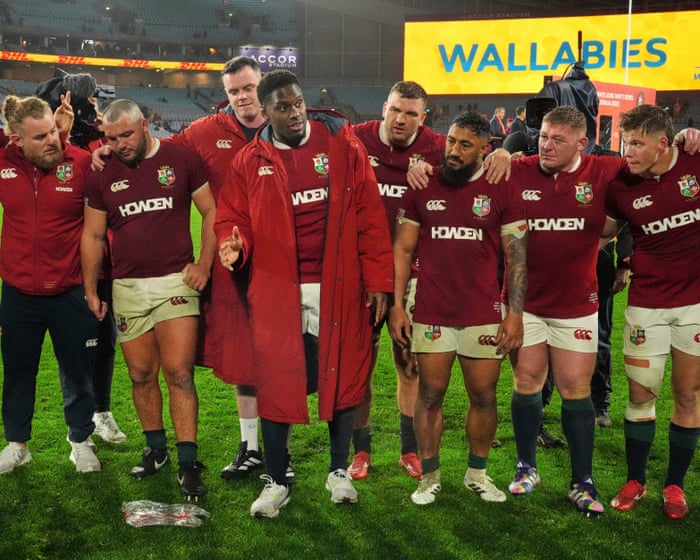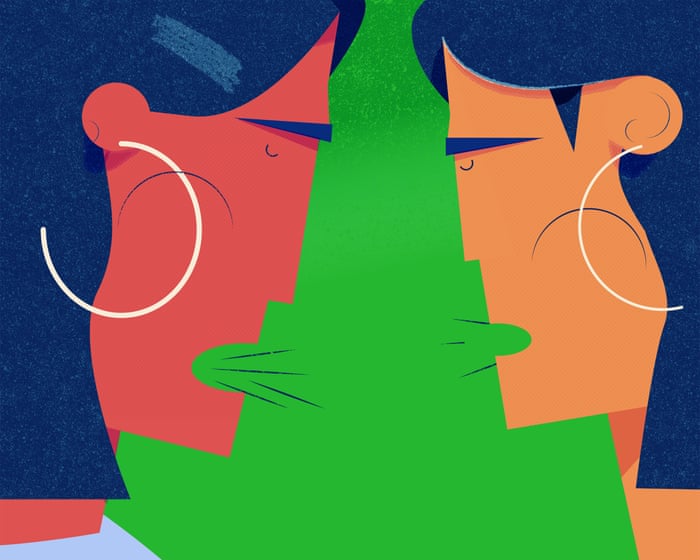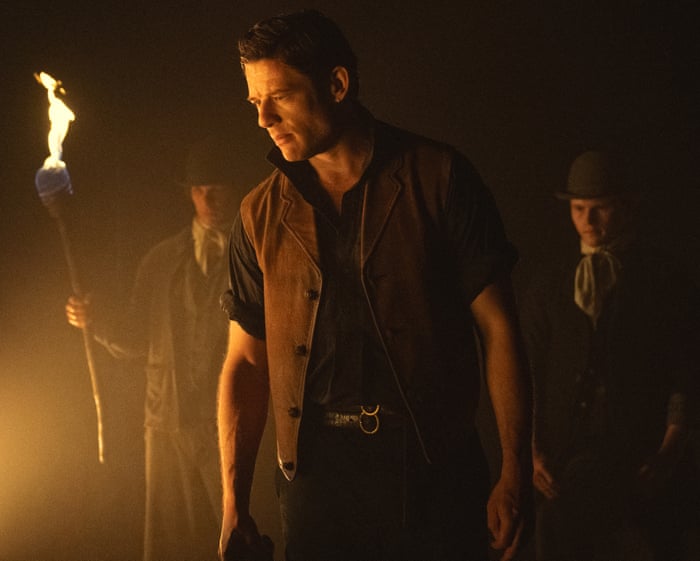This week, King Charles will meet Pope Leo XIV at the Vatican, where they are expected to discuss urgent global matters and share a historic moment of prayer.
Amid global instability and growing nationalism, Leo—the first North American to lead the Roman Catholic Church—has started defining his papacy after a quiet beginning five months ago. For conservative Catholics who hoped he would depart from the policies of his predecessor, Pope Francis, the outlook is not promising.
Christopher White, author of “Pope Leo XIV: Inside the Conclave and the Dawn of a New Papacy” and a senior fellow at Georgetown University, noted, “Recent weeks have made it clear that Leo is fundamentally similar to Francis. They have different styles—Francis was spontaneous and unscripted, while Leo is cautious and deliberate. But both see the Church as a ‘field hospital’ that must care for the marginalized, especially the poor.”
After his surprising election in May, Leo spoke from St. Peter’s Basilica about the importance of building bridges. He pleased conservatives by wearing a red mozzetta, a traditional papal garment avoided by Francis. Leo also moved into the Apostolic Palace, unlike Francis, who stayed in the simpler Santa Marta guesthouse, and spent part of the summer at Castel Gandolfo, a papal retreat largely unused by Francis.
He met privately with prominent conservative critics of Francis, such as Cardinal Raymond Burke and Cardinal Robert Sarah, and allowed Burke to celebrate a Latin mass in St. Peter’s Basilica, something Francis had refused. Leo also appeared less willing than his predecessor to make impromptu controversial remarks or criticize cardinals and Vatican officials for their taste for luxury and deference.
These actions initially suggested a shift from Francis’s approach, raising hopes among some for a change in direction. However, recent events indicate otherwise.
Earlier this month, Leo met with a group of U.S. bishops at the Vatican. They shared letters from immigrants describing raids and fears of deportation under Donald Trump’s strict policies. Bishop Mark Seitz of El Paso reported that the Pope urged the bishops to speak out strongly on the issue, emphasizing his personal support for their advocacy.
Three days before that meeting, Leo addressed migration during a mass attended by over 10,000 people in St. Peter’s Square. He encouraged established Christian communities in the West to welcome migrants from the global south as an opportunity—a stance sharply contrasting with Trump’s.
A few days earlier, Leo told reporters, “Someone who says, ‘I am against abortion but I agree with the inhumane treatment of immigrants in the United States’—I don’t know if that’s pro-life.” He has also backed Francis’s focus on the climate crisis, criticizing some world leaders for dismissing clear evidence of climate change.It is wrong to mock those who talk about global warming or to blame the poor for the problems that impact them most severely.
Pope Leo released his first apostolic exhortation, “Dilexi te,” focusing on love for the poor. Originally started by Pope Francis before his passing, it urges Christians to remain vigilant about poverty and to keep speaking out against what it calls the “dictatorship of an economy that kills.”
The document strongly echoes Francis’s critiques of inequality, stating: “In a world where the number of poor is rising, we see the ironic growth of a wealthy elite living in comfort and luxury, almost in a separate world from ordinary people. This shows that a culture still exists—sometimes hidden—that ignores others and indifferently accepts millions dying of hunger or living in inhuman conditions.”
Last Thursday, while attending a Global World Food Day event in Rome, Pope Leo condemned using hunger as a weapon of war, though he did not specify any conflicts or nations. At a UN conference, he described global hunger as a clear sign of widespread indifference, a heartless economy, and an unfair and unsustainable system for distributing resources.
According to Christopher Lamb, CNN’s Vatican correspondent and author of an upcoming book on the American pope, these actions have “really launched Leo’s papacy.” Lamb noted that while Leo has a quieter personality than Francis, he appears determined and is continuing his predecessor’s work on important issues. He also faces criticism from the same conservative groups that opposed Francis.
Some conservative voices have labeled Leo the “woke pope,” with the Catholic blog Rorate Caeli suggesting he should “go back to his earlier silence.”
Leo’s comments on migration stand in stark contrast to those of figures like Donald Trump, who met Pope Francis in 2017. As one analyst told the Guardian, some American conservative Catholics, particularly those aligned with the Maga movement, had hoped for a change in direction with the new pope. Instead, they find an American pope who questions unchecked free-market capitalism, which may disappoint them. Unlike Francis, Leo cannot be dismissed as unfamiliar with the U.S., making his stance more challenging for his critics.
Leo is not naturally confrontational but understands his responsibility to speak up for those without a voice. His approach is to build bridges, but he believes this cannot come at the cost of compromising his integrity or failing to advocate for important causes.
Frequently Asked Questions
Of course Here is a list of FAQs about the popes surprising moves and the conservative reaction with clear and concise answers
General Beginner Questions
1 What is this all about What has the pope done
Pope Francis has made several unexpected decisions like allowing blessings for samesex couples and removing a conservative American bishop which have surprised and concerned some traditionalist or conservative Catholics who feel he is changing Church traditions
2 Who is Leo in the phrase push Leo aside
Leo is a reference to Pope Leo XIII a pope from the late 1800s known for his strong teachings on social justice and a more cautious approach to modern ideas Conservatives see him as a symbol of a certain traditional theological approach
3 Why are conservatives in the Church puzzled or upset
They are upset because they believe Pope Francis is steering the Church away from its longheld doctrines and traditions on moral issues making changes they feel create confusion and undermine the Churchs unchanging teachings
4 Whats an example of a surprising move hes made
A major example is the document Fiducia Supplicans which allows priests to bless samesex couples as long as its not a formal liturgical blessing that mimics a marriage
Deeper Advanced Questions
5 Is Pope Francis changing official Church doctrine
The Vatican says no He is not changing core doctrines on marriage or sexuality Instead he is emphasizing pastoral practice mercy and reaching out to people on the margins which can feel like a significant shift in emphasis and application
6 What is the Synod on Synodality and why is it controversial
Its a major multiyear meeting of bishops and laypeople to discuss the future of the Church Its controversial because it openly discusses sensitive topics like the role of women LGBTQ inclusion and priestly celibacy making conservatives nervous about potential future changes
7 How is this different from the papacies of John Paul II or Benedict XVI
Popes John Paul II and Benedict XVI focused heavily on defending traditional doctrine and identity against what they saw as the errors of modern culture Pope Francis focuses more on engagement dialogue and a field hospital Church that heals wounds first
8 What is the practical impact of these moves on everyday Catholics
For some it creates a sense of welcome and




